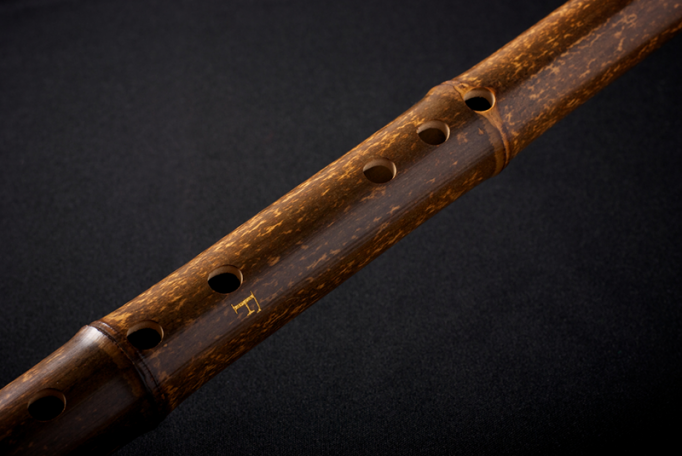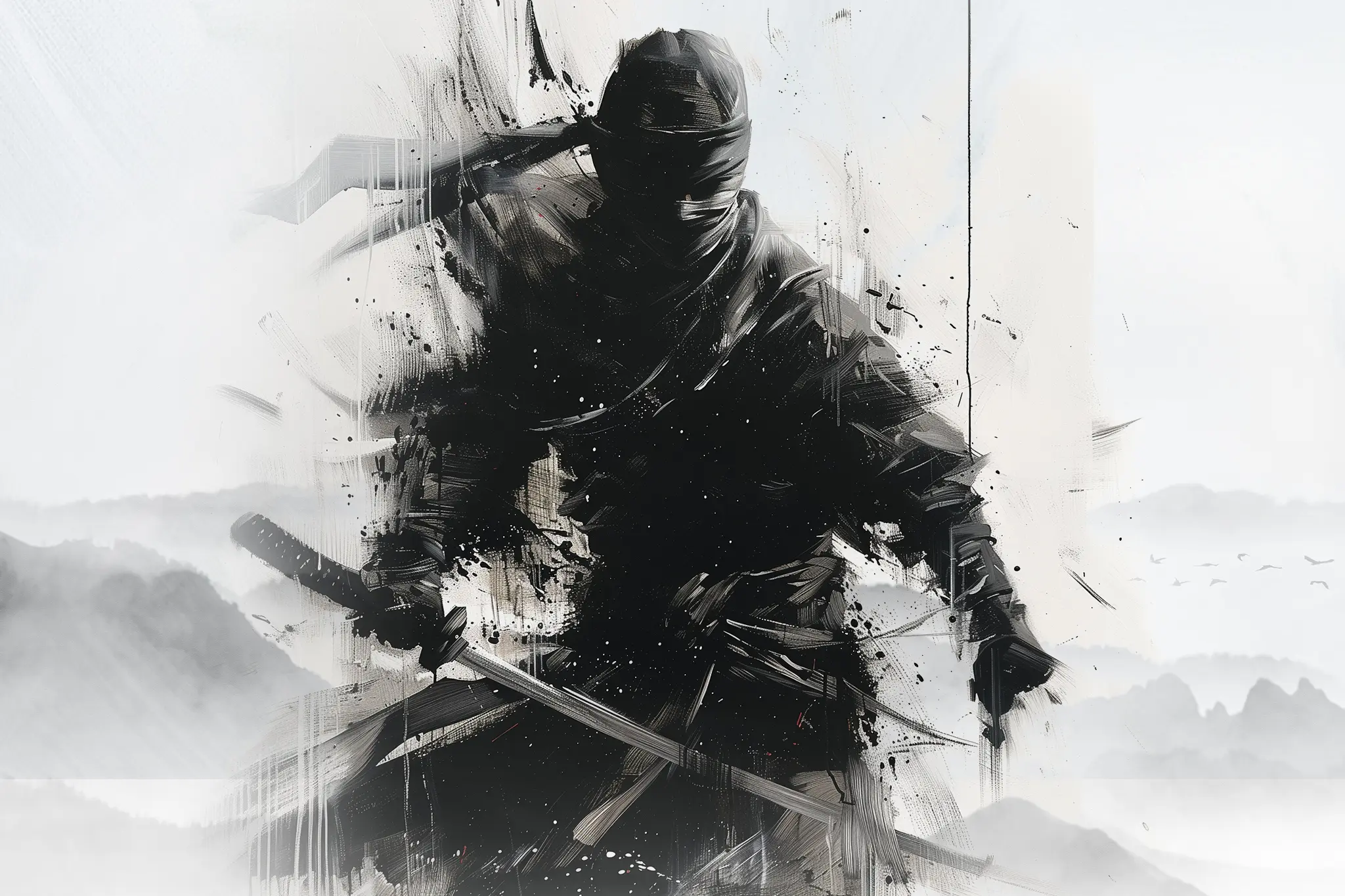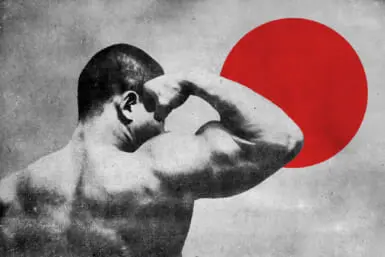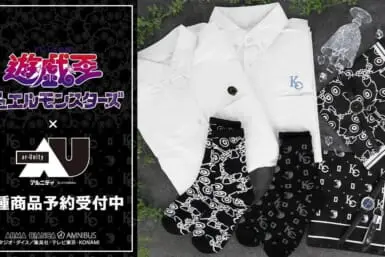This article appeared in Kansai Weekender 2024.
To read the entire issue, click here.
We all of course know about ninjas, Japan’s ancient assassins, clad in black, who killed as silently as a whisper and disappeared into thin air before anyone knew what was what. Though ninjas have taken on a nearly mythological aura in pop culture, our contemporary depictions of these covert agents have roots in reality — and specifically in two regions in Japan. The two most famous ninja villages in history were Iga, in modern-day Mie Prefecture, and Koka (also known as Koga) in what is today Shiga.
Real ninjas were far more complex than most realize. It doesn’t help that, given ninjas’ penchant for secrecy, historical accounts are scarce — in fact, the name “ninja” didn’t catch on until the mid-20th century. Previously, terms like shinobi, rappa or kusa were more common, but even those words could refer to widely different things, ranging from guerilla fighters to spies. Parsing through historical records and modern research, here’s some of what we know — or at least theorize — about the true, untold story of ninjas:

Ninjas Were Revolutionaries
The lands of Iga and Koka were treacherous mountain terrains cut off from the seat of power in Japan, fostering whole generations of self-reliant men and women used to hard times and not taking orders from people they’d never met. This very much included the shogun and feudal lords.
During Japan’s warring states period, the peasant-warriors of Iga and Koka grew renowned for their asymmetrical warfare skills, like espionage, guerilla warfare and other unconventional combat tactics; because of this, they were often hired by lords from nearby domains. But it’s important to note that their abilities were born from a desire for self-determination: In order to maintain their autonomy against powerful military leaders and the central government of Kyoto, the people of Iga and Koka relied heavily on every trick in their arsenal — from sabotage to utilizing their superior knowledge of the terrain — besting entire armies of feudal lords in the process. Before they knew it, the farmers of Iga and Koka became some of the first ninjas.
This is the theory proposed by Yuji Yamada, a professor at Mie University and vice president of the International Ninja Research Center. Yamada also believes that Iga farmers might have joined forces with local outlaw groups to fight for their sovereignty. If the theory is right, it fundamentally overturns the idea of ninjas, taking them from mercenaries to people who gave their lives for an ideal they truly believed in.

Ninjas Were Scientists
Western firearms first arrived in Japan in 1543 aboard a Portuguese vessel that was forced to harbor on the island of Tanegashima. A short time later, Japan-crafted arquebuses made their field debut during the 1548 Battle of Uedahara. Yet long before any of this, the ninjas of Iga and Koka were already doing amazing things with gunpowder — the recipe for which was supposedly brought over by Chinese immigrants — initiating the domestic Japanese science of pyrotechnics.
In the 2019 NHK program Ninja Truth, researchers used surviving ninja manuals to recreate some of the 230 recorded uses of kayakujutsu, the “art of gunpowder.” Only using ingredients available in the 14th to 16th centuries, they successfully recreated such weapons as the toribikata, a kind of primitive flamethrower, most likely used to shock and distract opponents. Other weapons designed by ninja scientists include hyakuraiju firecrackers, perfect for simulating the sounds of an enemy army, and the horokuhiya hand-grenade. Of special note is the daikokuhiya arrow, which worked similarly to a bottle rocket, producing thick smoke by burning mice feces and iron powder. It was most likely used as a flare.
Iga and Koka were in a unique position to utilize kayakujutsu because of their access to the ingredients for primitive gunpowder. The terrains surrounding the old ninja villages may have been rough but they were rich in things like mugwort, sulfur, charcoal, pine resin and camphor. Mix all of that with time, dedication and a need to overwhelm numerically superior forces, and you end up with a lot of people who knew hundreds of different ways of making things explode.

Ninjas Were Musicians
As Yamada said in an interview with Nippon.com, “The strength of the ninja was their ability to outsmart people through subterfuge,” meaning that rather than risk scaling the walls of a feudal lord’s castle or palace, they much preferred walking in through the front door in disguise. In the book Ninja AD 1460–1650, the scholar Stephen Turnbull writes that a popular disguise employed by ninjas was that of the komuso wandering monks who were known for two things: the large basket hats covering their entire heads, for that extra layer of anonymity, and their shakuhachi bamboo flutes.
Perhaps one or two ninjas could have gotten by with playing the 14th–16th-century Japanese version of “Hot Cross Buns” by claiming they were new to the whole monk thing, but this wasn’t a viable long-term strategy. And it wasn’t just the komuso monks. In feudal Japan, there were many traveling musicians specializing in all manner of musical instruments, and in order to impersonate them correctly for espionage purposes, ninjas had to know their way around a flute, drum or any one of Japan’s traditional string instruments. In conclusion: A story about a group of ninjas starting a band wouldn’t just be awesome, it’d potentially be historically accurate.









